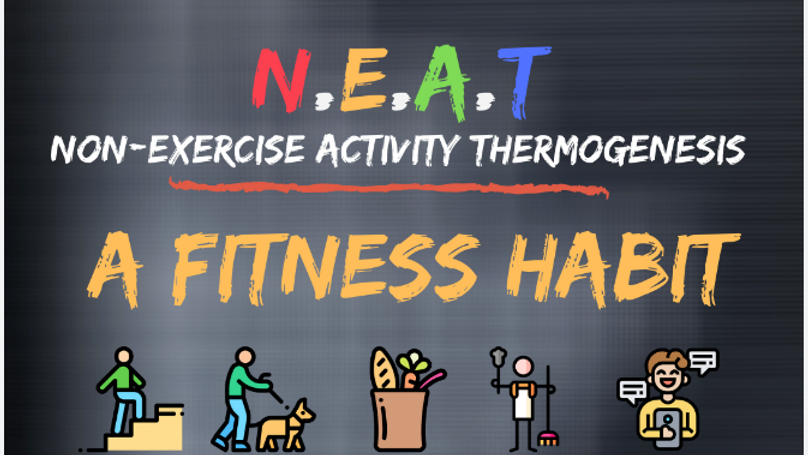Dr. Sabapathy started by defining body image as “…the perception of how we see ourselves or are taught to see ourselves.” It is linked to our self-esteem and shaped by our experiences. It is not gender based, and is usually either positive or negative.
We tend to see the following characteristics with a positive self image:
- Confidence
- Trust in ourselves
- Respect for our bodies and what they can do
- Freedom of expression
- Not weight dependent
With a negative self image, we tend to see:
- Focus on physical appearance
- Feel it is being scrutinized
- Comparing self with others
- Shame or embarrassment
- Focus on external things
A lot of how we see ourselves as adults has to do with what we were taught to see ourselves during our childhood. If we constantly heard negative comments at home, at school or others we were around, we tend to see ourselves negatively. We internalize those negative comments and we come to expect people to react negatively to us. If we remain around those people with negative comments, it becomes difficult to overcome a negative self-image. As children, we don’t have much control over our environment or how adults talk to us. As adults we can begin to manage our expectations. By being consciously aware of those situations where you know to expect negativity, you can prepare for that negativity, tell yourself positive thoughts, and limit the time and place to be in those situations.
Some of the audience mentioned that they had a different group of friends now who were more positive. You may need to change your environment – do you live with negative people, do you need to spend less time with negative family members? Do you need a different work environment? That’s why support groups are great – they surround you with people who support you and give you positive reinforcement for all you’ve done.
Dr. Sabapathy talked about how some days we feel positively and other days negatively about ourselves. Some of the emotions that can lead to negativity are:
- Frustration – when we feel stress or barriers to what we are trying to accomplish, we become frustrated. Frustration can build up and accumulate. This leads not only to negativity but to anger as well
- Loneliness – this is a state of mind, and can occur whether you are alone or around others. Can lead to binge eating as a way to alleviate it. Make a list of other things you can do rather than eating when feeling alone
- Anger – this can result from a build up of frustration or when trying to hold in sadness. When you are craving something salty and crunchy, it is frequently because of anger.
- Boredom – this happens most often during the evenings and on weekends so plan something during those times to help prevent it. It is okay to be bored sometimes. It can lead to creativity and allow you some “down time” to relax and think of how far you’ve come.
Some ways to counter those emotions are:
- Cultivating non-judgmental awareness of yourself, others, and those things that are out of our control. You cannot change anyone else, but you can change how you respond to them.
- Mindfulness is being present in those moments and finding something positive in the situation
- Change our expectations when we have to be in those situations that can be negative and prepare for them
- When we are tired, our ability to shift to positivity is worn down, so avoid those situations when you are tired.
When our body image is stuck on how we used to see ourselves and want to change it, especially regarding seeing how far you’ve come in your weight loss journey, try noticing how you sit in a seat – a restaurant seat, a theater seat, an airline seat. Notice how much more room is available, how much loser a seat belt is, how clothes fit you.
Take photos of yourself during your journey – and especially take them in a door frame. Then always take them in that same door frame so you can see how you fit in that door frame as time goes on.
Broaden your definition of success – it is more than the number on the scale. It is how much farther you can walk, taking less medication, feeling better overall, able to do things like cross your legs, ride a roller-coaster, etc. and remember why you did this in the first place.









